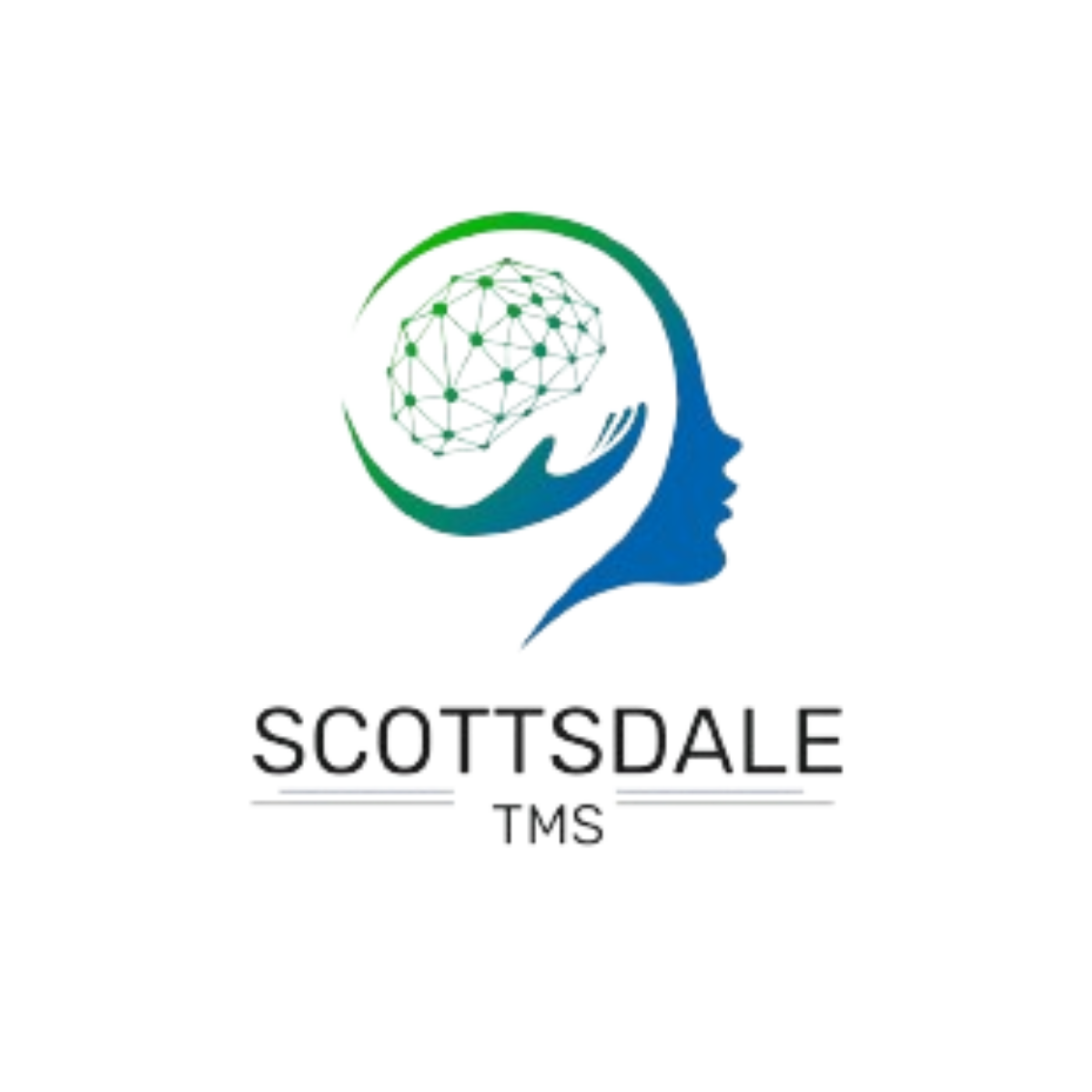Attention Deficit Hyperactivity Disorder (ADHD) affects millions of people worldwide. Those diagnosed with ADHD often struggle with symptoms like difficulty focusing, impulsivity, and hyperactivity.
Traditional treatment plans usually include medications like stimulants or talk therapy. However, recent research has explored alternative treatments, including Transcranial Magnetic Stimulation (TMS).
In this article, we’ll explore what TMS is, how it may help people with ADHD, and whether it’s a safe option for treating ADHD symptoms.
Questions Answered in This Article:
Our Treatment Centers

Scottsdale Rehab
Luxury Personalized Rehab

Hart Rehab
Holistic Luxury Personalized Rehab

Scottsdale Detox
Luxury Medical Detox
TMS and ADHD
People diagnosed with Attention Deficit Hyperactivity Disorder (ADHD) often experience problems in areas of the brain related to focus and impulse control. Specifically, the prefrontal cortex tends to show irregular activity in people with ADHD.
Traditional treatments for ADHD include medications like stimulants, talk therapy, and behavioral interventions. However, not all ADHD patients respond well to these approaches.
Some may experience unwanted side effects from medications. Others may not find relief from their ADHD symptoms through therapy alone. As a result, healthcare providers have explored alternative treatments for ADHD.
One such alternative is Transcranial Magnetic Stimulation (TMS). Transcranial Magnetic Stimulation (TMS) is a non-invasive procedure that uses magnetic pulses to stimulate certain areas of the brain. By targeting the prefrontal cortex, repetitive transcranial magnetic stimulation may help restore normal activity in this critical part of the brain.
Research into the use of TMS treatment for ADHD is still relatively new. However, early studies show promise. Some studies have found that TMS may help reduce ADHD symptoms like inattention and hyperactivity, especially in adults with ADHD.
While TMS isn’t yet a mainstream treatment for ADHD, more and more mental health professionals are looking into its potential benefits.
Can TMS Help With ADHD?
There’s growing interest in the potential of TMS therapy to help people with ADHD. Let’s take a closer look at the possible benefits of treating ADHD with TMS.
1. Improved Focus and Attention
TMS targets areas of the brain associated with attention and concentration. Since ADHD is often marked by difficulty staying focused, stimulating the prefrontal cortex could lead to improved cognitive function. Adults with ADHD might especially benefit from enhanced attention span during daily tasks.
2. Non-Drug Alternative
Many ADHD patients rely on medications like stimulants to manage their symptoms. While effective, these drugs can have undesirable side effects, such as sleep problems, increased heart rate, or irritability. TMS offers a drug-free alternative that doesn’t carry the same risks of medication-related side effects.
3. Potential for Long-Term Benefits
Some patients experience lasting benefits after a course of TMS treatment. Unlike medications that need to be taken daily, the effects of repetitive transcranial magnetic stimulation can persist for weeks or months after the treatment ends. This makes TMS an appealing option for people looking for more sustainable results.
4. Helps in Medication-Resistant Cases
For people who haven’t found success with traditional treatments like medication or talk therapy, TMS provides another option. Early research indicates that TMS could be especially helpful for adults with ADHD who are resistant to stimulant medications.
Is TMS Safe For ADHD?
Safety is always a concern when exploring new treatments, especially for chronic conditions like ADHD. Fortunately, TMS has a solid safety profile, particularly when used under the supervision of qualified healthcare professionals.
Some benefits of using TMS for ADHD include:
- Minimal side effects
- Non-invasive procedure
- Medication-free
- Shorter recovery time after sessions
While the side effects are mostly minimal, there are some precautions to keep in mind. For example, people with a history of seizures or epilepsy may not be candidates for TMS treatment. Consult your healthcare provider to determine if TMS is suitable for you.
Receiving TMS Therapy For ADHD
The process typically begins with a consultation. Your healthcare provider will assess your ADHD symptoms, mental health history, and overall health. If you’re a good candidate for TMS, they will create a customized treatment plan.
TMS treatment sessions take place in a doctor’s office or clinic. During each session, you’ll sit in a chair while the TMS device is positioned over your head. The device will emit magnetic pulses to target specific areas of your brain, particularly the prefrontal cortex. Each session lasts about 30 to 40 minutes.
A typical TMS treatment plan consists of multiple sessions over several weeks. ADHD patients may need daily sessions for four to six weeks. The duration of treatment depends on your specific symptoms and how you respond to the therapy. Most patients notice gradual improvements in focus, attention, and overall ADHD symptoms over time.
Remember that TMS is not a quick fix for mental health conditions. Like any treatment for ADHD, it requires time, consistency, and patience. The best results often come from combining TMS with other treatment plans, including therapy and lifestyle changes.
With the right approach, TMS may help you manage ADHD symptoms and improve your quality of life.

